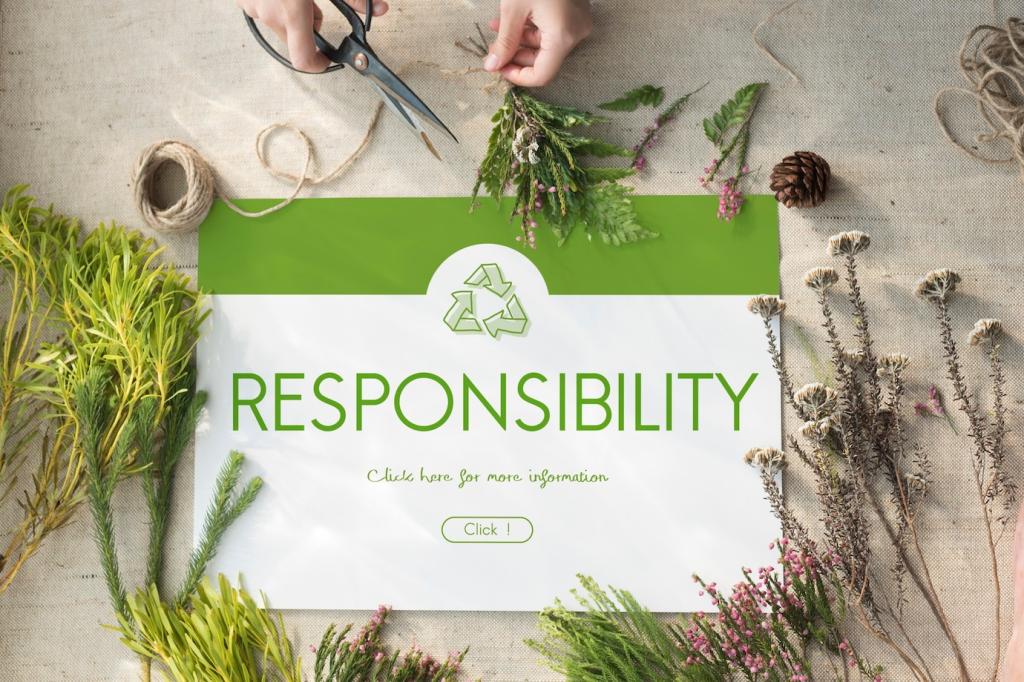Storytelling That Plants Seeds and Measures Growth
Swap generic phrases for grounded scenes: a dawn shoreline cleanup, the briny air, a bucket of tangled fishing line. Concrete details prove you showed up and observed. Specificity builds credibility and makes readers picture themselves pitching in next Saturday morning.
Storytelling That Plants Seeds and Measures Growth
Track small milestones—five households sharing a compost bin, a classroom saving paper each week, or a shop’s refill station refilled twice. When progress is visible, commitment strengthens. Invite readers to post their micro‑wins so your community’s momentum becomes contagious.
Storytelling That Plants Seeds and Measures Growth
A teacher wrote us about a classroom terrarium that fogged up each morning, thrilling her students. We reframed her grant appeal from abstract climate talk to this daily miracle. Donations doubled, and subscribers wrote back describing their own tiny ecosystems on sunny windowsills.







